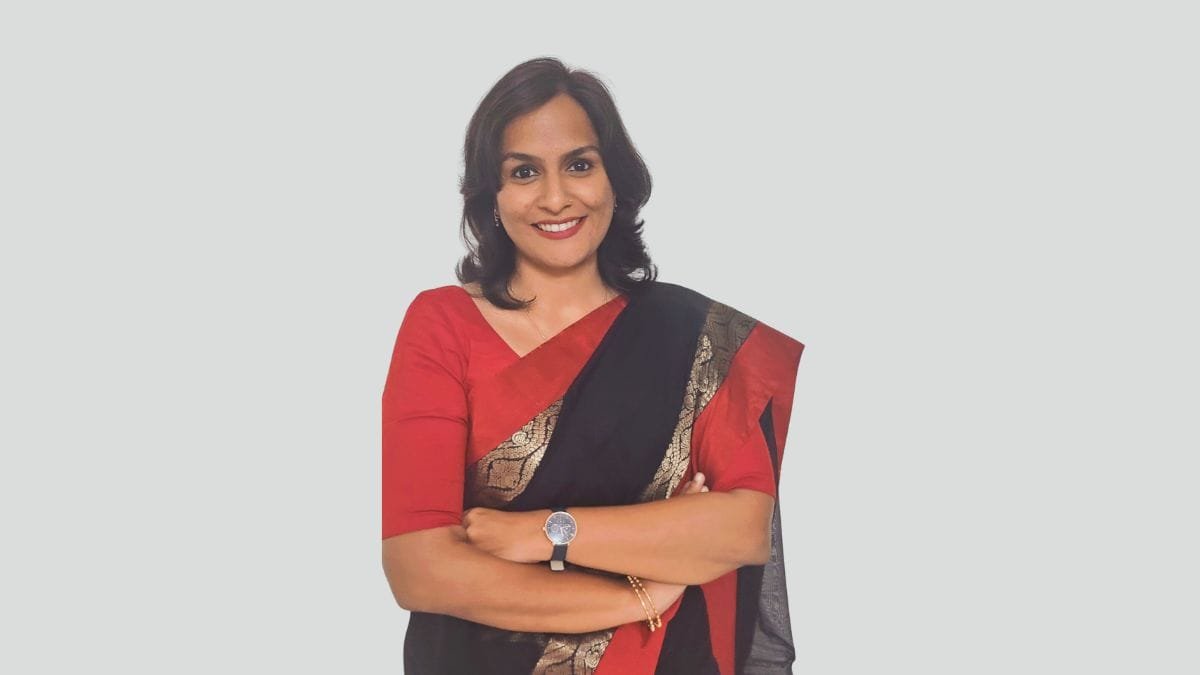Can this ‘gamechanger’ Mutual Fund solve India’s social security challenges?

India is witnessing a demographic shift like no other. On one hand, we have underdeveloped states like Bihar, Jharkhand and Eastern UP where the birth rate remains stubbornly high with more than 2.3 births per woman, while most of India has seen its fertility rates drop below the population replacement rate of 2.1 children per woman.
This essentially means that the working age population has been reducing steadily, with the number of senior citizens- those aged 60 and above- are now set to increase from 10.5% of the population in 2023 to 20.8% by 2030. A similar trend is already being observed in developed countries such as Japan, South Korea, and Canada, where an increasing number of retirees are now relying on the state (or their savings) to support themselves in their twilight years.
Inadequate social security- a largely ignored issue
As an expected thumb rule, the salary you draw should also have a retirement benefit factored in. For the 6 crore-plus government employees, this means drawing a pension till they die. This translates to just under 3% of India’s working-age population. The remaining working population, estimated at upwards of 64 crore, are mostly on their own- depending mostly on their provident fund contributions (if they have one) while a larger number, including freelancers and casual workers, have to work to afford their next meal.
Many of these in the working age population- from skilled programmers to casual labourers- don’t bother (or can’t afford to) think about investments. For those who do, their PF accounts are usually just a fraction of what they may need, especially since they invest mostly in debt instruments. The 8% return offered isn’t enough, primarily because even a mutual fund investing in the Sensex ETF, which tracks the stock market index, has given an average return of 11.8% since its inception.
The challenge no one bothers to address
This challenge has been festering for years, yet it hasn’t been seriously taken up by the government. The Mutual Fund industry has, over the years, tried to convince people to not depend solely on their Provident Funds, and invest in more efficient Mutual Funds for better returns instead.
Though they have succeeded to an extent- Domestic Mutual Funds collectively manage Rs.30.5 lakh crore in equities- thanks, in part, to the stability and overall promise of growth in equities, despite risks of losses.
The proposal
To take things further, the Association of Mutual Funds of India (AMFI), in partnership with market analyst CRISIL Intelligence, has proposed a Mutual Fund that could replace the PF scheme with voluntary employer-linked retirement savings scheme which would include tax incentives, enhanced pension coverage, and flexible portability to help millions of Indians fulfill their requirements of social security, just as the US has with its 401(k) plan.
Inter-department collaboration: Possible?
According to the whitepaper, this scheme, called the Mutual Fund-Voluntary Retirement Account (MF-VRA) can only be implemented when various regulators, including SEBI, the Labour and Finance Ministries, and other related bodies, work together to create a framework for the scheme and implement it.
The scheme looks promising on paper, but the notorious red tape and vested interests from within the government remain the biggest hurdles in its implementation. The Employees Provident Fund Organization (EPFO), the body responsible for managing your PF investments, started investing in equity ETFs only in 2015, more than sixty years since it was founded- and currently invests just 9.5% of the total PF corpus in equities.
The government had to overcome strong opposition from the trade unions to push through this reform, especially since many of these unions come with the outdated mindset that investment in equities equals a greater chance of loss of money.
What should happen, and could happen
If the government does take up this reform in earnest, it would solve an avoidable challenge India will face in the future- a greying population dependent on handouts to survive. Japan, South Korea and Singapore are already facing this- plummeting birth rates with working age populations not enough to sustain the growing bill of pensions and elderly welfare handouts. India needs to push for this reform, or face challenges that could cost it dearly in future.
<p>The post Can this ‘gamechanger’ Mutual Fund solve India’s social security challenges? first appeared on Hello Entrepreneurs.</p>





